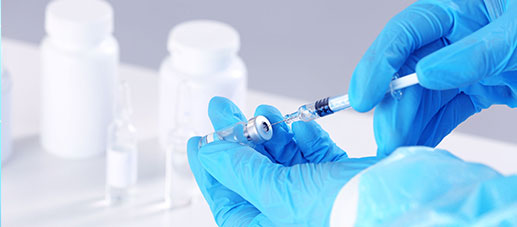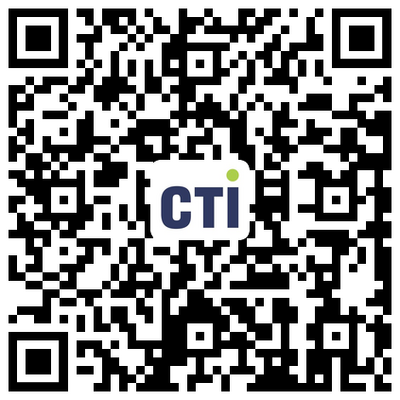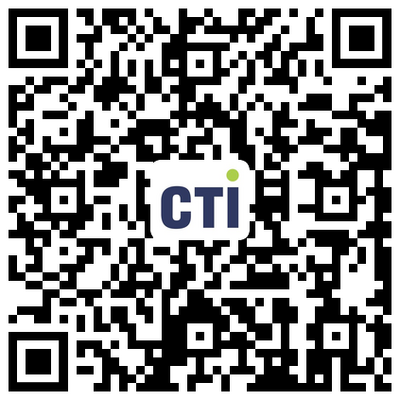- Home
- About CTI
- Our Services
- Investor Relations
- CTI Mall
- Resource Center
- Reports Validation
- Join Us
-
 Overview
Overview
Centre Testing International Group Co., Ltd. (CTI) is a market leader in testing, inspection, certification, calibration, audit, training & technical services; building trust between governments, enterprises, and consumers.
-
 Sustainability
SustainabilitySustainability is deeply rooted in CTI’s business model, by delivering science-based solutions and verification services, to increase transparency and traceability throughout the global value chain. CTI is a proponent of carbon neutrality and sustainable development.
-
 Our service
Our serviceCentre Testing International Co., Ltd. (CTI) is the pioneer and leader in the TIC Industry which provides one-stop solutions on testing, inspection, certification, calibration, audit, training & technical services.
-
By Industry
Our service capabilties cover the upstream and downstream of the supply chain including textile and apparel,toys,electronic appliances,medical health,food...andother industries.
-
 Environment
Environment
-
 Raw Material & Fuel Chemicals
Raw Material & Fuel Chemicals
-
 Textiles, Apparel, Footwear & Accessories
Textiles, Apparel, Footwear & Accessories
-
 Food & Agricultural Products
Food & Agricultural Products
-
 Cosmetics, Personal Care & Household Chemicals
Cosmetics, Personal Care & Household Chemicals
-
 Building Materials&Construction Engineering
Building Materials&Construction Engineering
-
 Electronic & Electrical Appliances
Electronic & Electrical Appliances
-
 Toys, Furniture & Home Decoration
Toys, Furniture & Home Decoration
-
 Industrial Equipment & Manufacturing
Industrial Equipment & Manufacturing
-
 Rail & Aviation
Rail & Aviation
-
 Automotive & Spare Parts
Automotive & Spare Parts
-
 Pharma and Medical Services
Pharma and Medical Services
-
 Maritime Vessel Compliance Testing
Maritime Vessel Compliance Testing
 By Industry
By IndustryOur service capabilties cover the upstream and downstream of the supply chain including textile and apparel,toys,electronic appliances,medical health,food...andother industries.
-
-
 Specialty
SpecialtyComprehensively guarantee quality and safety, promote compliance and innovation, demonstrate brand competitiveness, and achieve higher quality, healthier, safer, and greener sustainable development.
-
 Management
ManagementWe have established a clear governance structure in accordance with listing requirements and national regulations and policies to deal with internal and external challenges and achieve sustainable development.
-
 Information DisclosureWe are committed to establishing normal and effective two-way communication with shareholders and investors. We have established a complete information disclosure mechanism to convey information to shareholders in a timely manner.
Information DisclosureWe are committed to establishing normal and effective two-way communication with shareholders and investors. We have established a complete information disclosure mechanism to convey information to shareholders in a timely manner.
-
 Talents Policy
Talents PolicyEnsuring the basic rights and benefits of employees;
Providing professional skills training to promote employees’ growth;
Carrying out various kinds of activities to balance employees’ work and life.
-
 RecruitmentWelcome to join CTI family! We are providing a platform for you to show your talents and achieve your career aspiration.
RecruitmentWelcome to join CTI family! We are providing a platform for you to show your talents and achieve your career aspiration.
- Resource Center
- Application Forms
- Bulletin
- Training Center
- CTI Academy
- Reports Validation

STYRENE LISTED AS KNOWN TO THE STATE
April 22, 2016, the Office of Environmental Health Hazard Assessment (OEHHA) is adding styrene (CAS No. 100-42-5) to the list of chemicals known to the state to cause cancer for purposes of the Safe Drinking Water and Toxic Enforcement Act of 1986 (Proposition 65). Oehha has proposed to adopt a No Significant Risk Level (NSRL) of 27 micrograms per day for styrene. The NSRL represents the safe harbour level below which warning is not required under Prop 65. Warning for exposure to styrene will be required one year from the date it was listed.
Substance Introduction
| Chemical | CAS No. | Toxicological Endpoint | Listing Mechanism* |
| Styrene | 100-42-5 | cancer | AB (NTP) |
Listing mechanism: AB – “authoritative bodies” mechanism (Title 27, Cal. Code of Regs. section 25306).
Styrene is used in the following products: coating products, fillers, putties, plasters, modelling clay, polymers and inks and toners. And this substance has an industrial use resulting in manufacture of another substance (use of intermediates) such as plastic products and rubber products.
CA 65 Introduction
Proposition 65, the Safe Drinking Water and Toxic Enforcement Act of 1986, was enacted as a ballot initiative in November 1986. The Proposition was intended by its authors to protect California citizens and the State‘s drinking water sources from chemicals known to cause cancer, birth defects or other reproductive harm, and to inform citizens about exposures to such chemicals. so, in theory, all products containing hazardous substances within the scope of its control, including but not limited to Electrical and electronic products, textile products, toys, food contact materials, jewelry products and home decor products.
Proposition 65 requires the state to maintain and update a list of chemicals known to the state to cause cancer or reproductive toxicity. The latest California 65 control list is as below.
Further Information
Notice - Styrene Listed as Known to the State of California to Cause Cancer:
http://www.oehha.ca.gov/prop65/CRNR_notices/pdf_zip/042216ListingNoticeStyrene.pdf
Proposition 65 List Dated April 22, 2016:
http://www.oehha.ca.gov/prop65/CRNR_notices/list_changes/pdf/P65single04222016.pdf
CTI Suggestion
California‘s 65 does not set limit to the material. The limit of substances in the products should refer to the existing lawsuit aiming at this kind of product or agreement. Enterprise should compare the existing lawsuit of substances control requirements and focus on newly added substances and risky chemicals. In order to reduce the risk of illegal, companies are suggested to conduct supply chain survey and perform test if necessary.
CTI Service
In recent years, the notification of being unable to comply with REACH regulation requirements is increasing, the published compendium on analytical methods for restrictions under REACH Annex XVII will help enterprises better meet the requirements of REACH regulation, reduce the risk of the product being punished.
Related recommendations
Media Inquiries
- 400-6788-333
- mkd@yilussjy.com
- About CTI
- Our Services
- Investor Relations
- CTI Mall
-
Resource Center
- Application Forms
- Bulletin
- Training Center
- CTI Academy
- Reports Validation
-
Join Us
- Talents Policy
- Recruitment




















 粤公网安备 44030602000441号
粤公网安备 44030602000441号 